This article was originally published on my Spacious Yoga facebook page in September 2016.
Sukha…..
Bandha arises naturally within an Ashtanga practitioner when the qualities of sukha (softness, lightness, ease) and sthira (firmness, stability, strength) are both established and cultivated within the context of a dynamic relationship with one another.
The commonly held belief that mula bandha arises from consciously squeezing the pelvic floor (or other muscles in that area) is incorrect, in my opinion and experience. I attempt to teach the essence of how to find a more relaxed and natural experience of mula bandha during my immersion and pranayama courses.
In response to a question during my recently completed immersion course, I explained that the “sthira” aspect of bandha arises from establishing a full and conscious contact with the earth – not from gripping or clenching anything. Whichever parts of our bodies are touching the ground must engage in a deliberate relationship with the ground. This contact must be firm, full, and sensitive. “Mula” is often translated as meaning “root”. Establishing a deep connection to the ground, with our bodies, is the essence of rooting.
Once this rooting is established, and the energy of the earth begins to flow up and into the body, we must then find “sukha” in order for the energy of the earth to spread, percolate and distribute itself everywhere. We simply need to “get out of the way” of that rising energy who’s natural tendency is to spread and expand. This requires a softening, a release of tension, and an allowing for relaxed expansion to occur. Any form of clenching or gripping will inhibit this relaxed expansion from taking place.
When helping students with backbending, I notice that the vast majority of practitioners are most blocked in the hip and pelvic extension aspect of backbending. I feel that this is often at least partly due to a forceful misapplication of the concept of mula bandha.
Mula bandha is firm, but it is also relaxed. It is like a tree, which sinks strong roots into the ground, and then pulls the nourishment of the earth upwards and distributes it through all of its branches and leaves in a relaxed and expansive growth. The roots and lower trunk of a tree are firm. The branches and leaves are soft and flexible and can shift and change in adaptation to environmental influences. As I sit here typing this, I am watching the trees around my porch sway in the gentle breeze. Even the biggest and strongest trees are soft enough to sway and move with the gentlest breeze. This is sukha. Yet, if a storm with gale force winds blows in, even the smallest tree will remain stable and rooted, and will not be blown over or destroyed. This is sthira. Mula bandha is there in nature!
Mula bandha is firm, but it is also relaxed. It is like a tree, which sinks strong roots into the ground, and then pulls the nourishment of the earth upwards and distributes it through all of its branches and leaves in a relaxed and expansive growth. The roots and lower trunk of a tree are firm. The branches and leaves are soft and flexible and can shift and change in adaptation to environmental influences. As I sit here typing this, I am watching the trees around my porch sway in the gentle breeze. Even the biggest and strongest trees are soft enough to sway and move with the gentlest breeze. This is sukha. Yet, if a storm with gale force winds blows in, even the smallest tree will remain stable and rooted, and will not be blown over or destroyed. This is sthira. Mula bandha is there in nature!
Other language translations:
The Korean translation of this article can be found here. Thanks to Min G Noh for the Korean translation.
The Russian translation of this article can be found here. Thank you to Anna Glinko for the Russian translation.
The Vietnamese translation of this article can be found here. Thank you to Hương Trang for the Vietnamese translation.

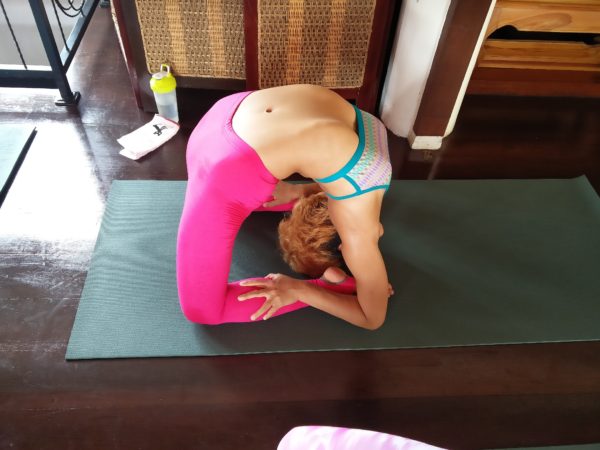
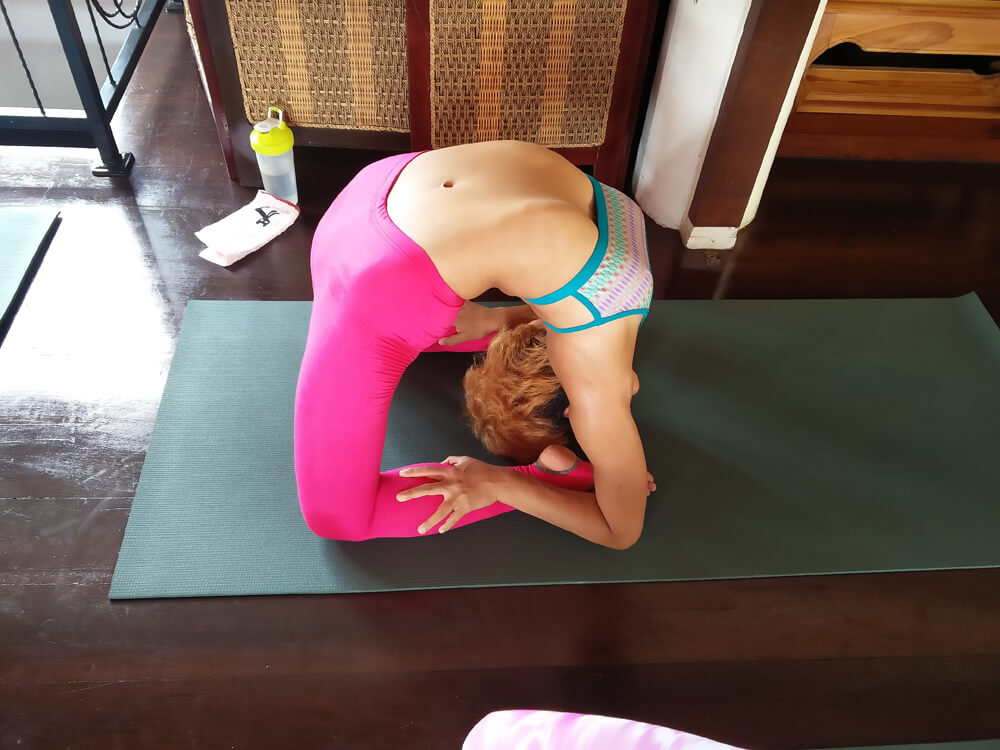
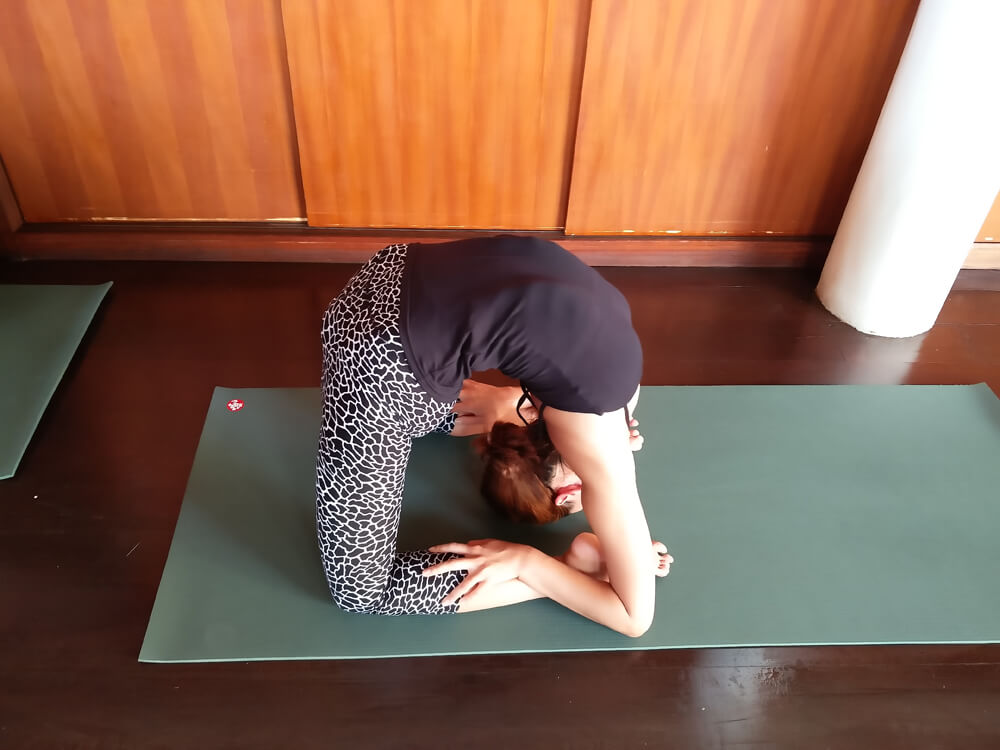
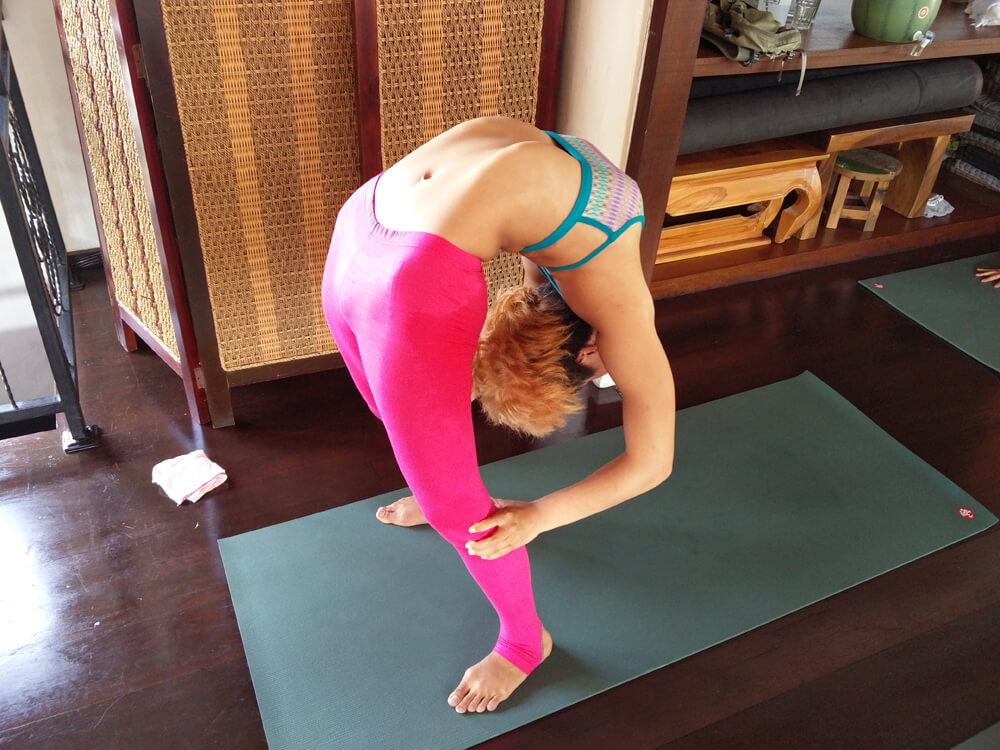
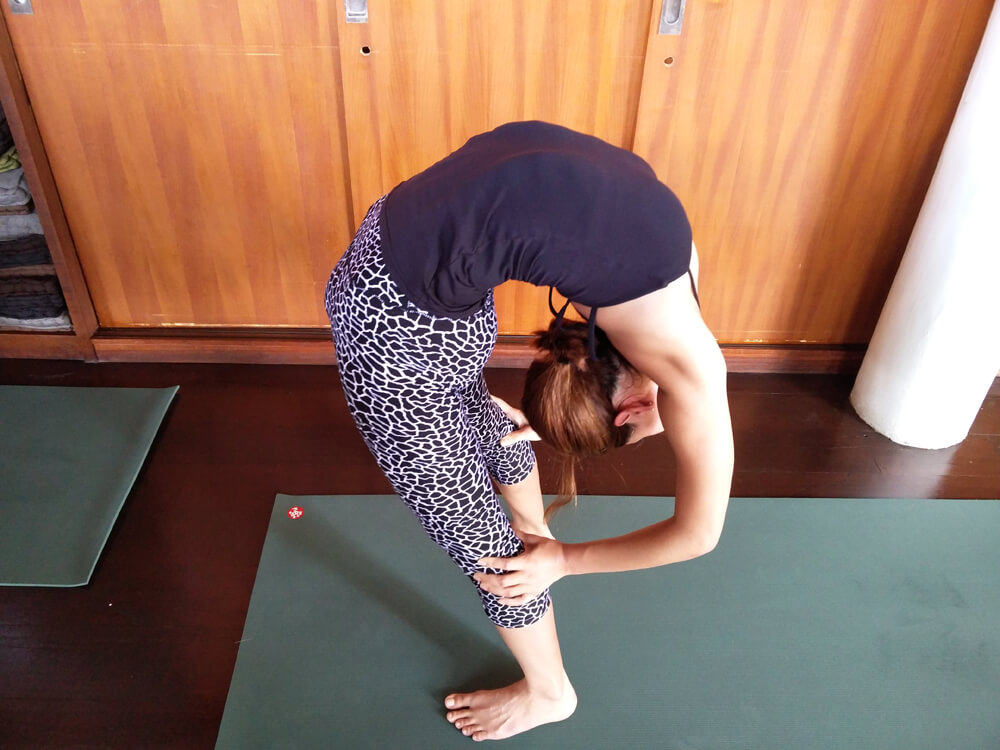
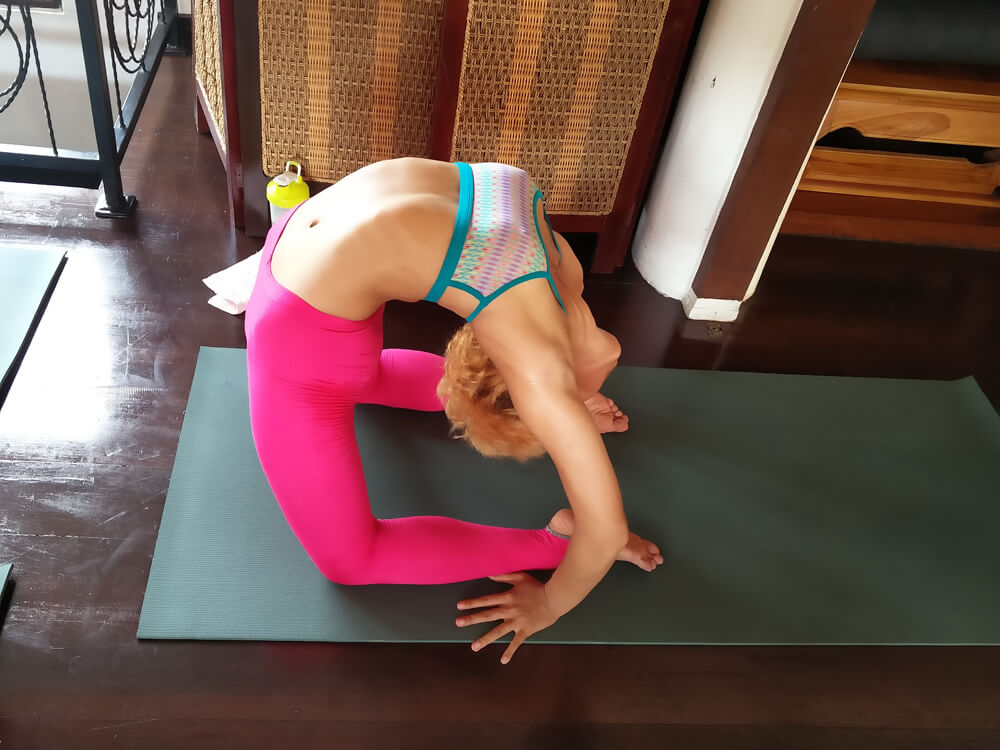
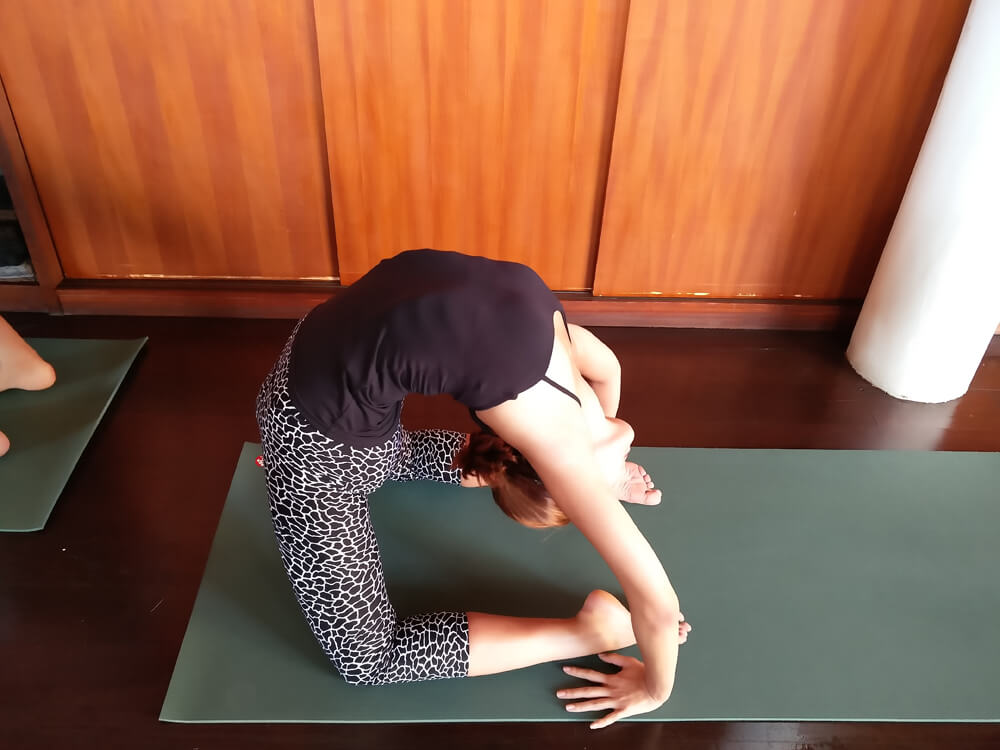

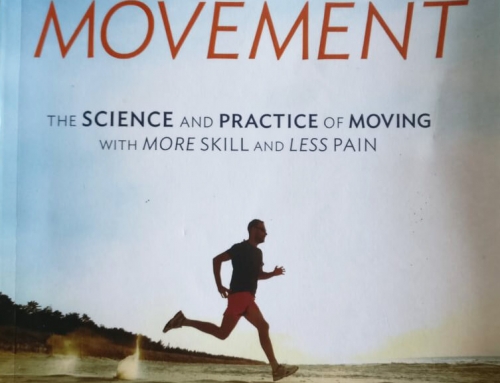
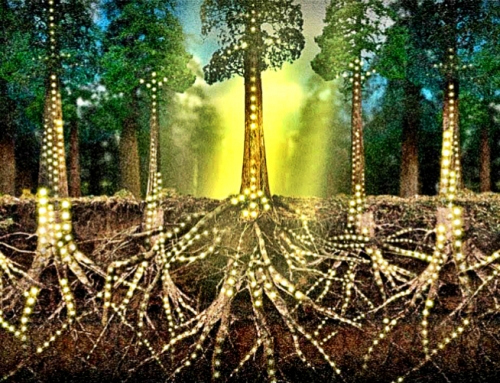
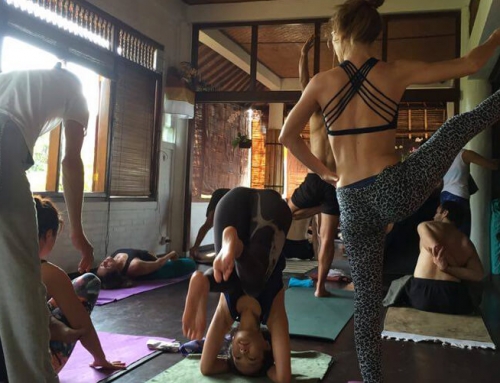
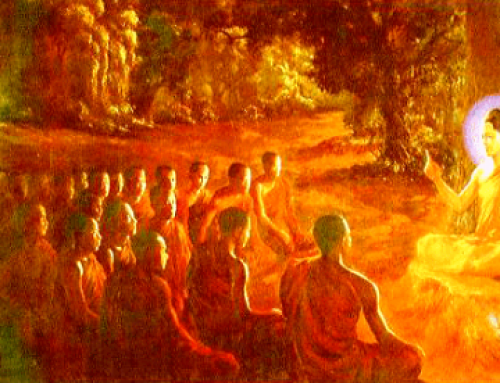
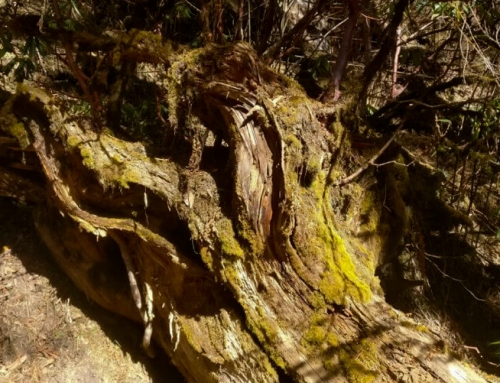
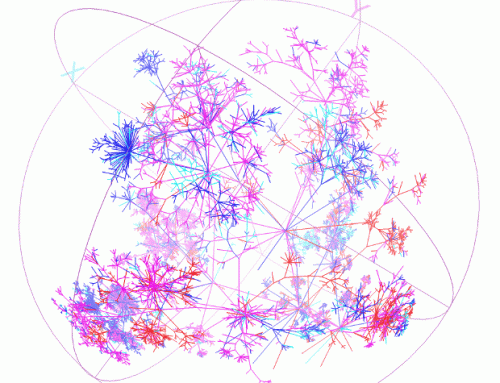
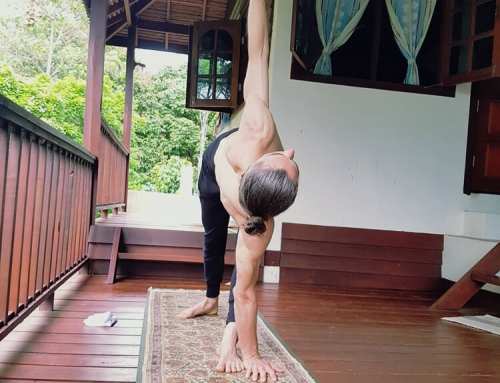
Leave A Comment